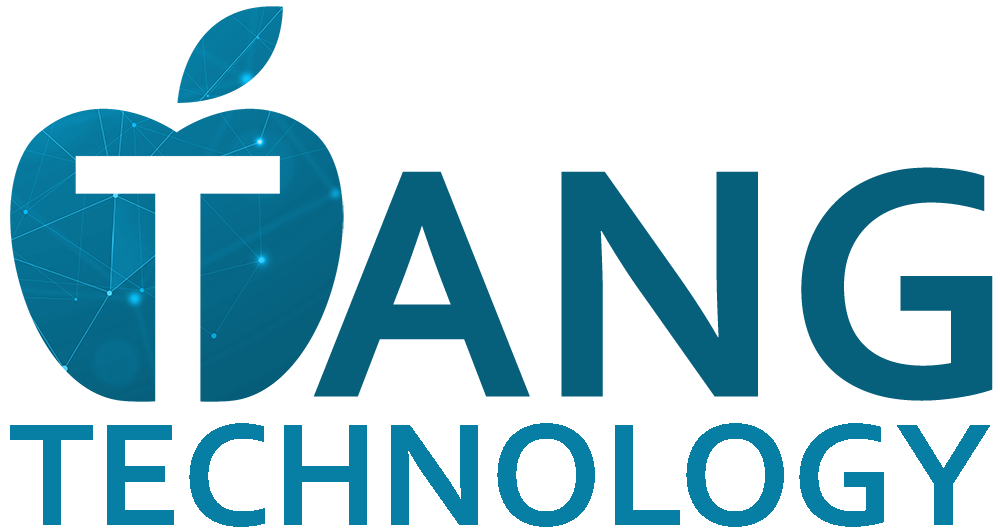Choosing the right Learning Management System (LMS) is a pivotal decision for any organization. An LMS represents a significant investment in time and money and can be a critical piece of your learning strategy. Choosing the wrong LMS can lead to frustrated users, wasted time and money, and failed training initiatives. On the flip side, the right LMS can significantly enhance the learning experience, simplify administration, and support your organizations learning initiatives. The journey to selecting the right LMS is fraught with challenges and potential pitfalls. At Tang Technology, we’ve helped many clients pick the right LMS for their organization. Let’s look at how to choose the right LMS by looking at a few common mistakes organizations make. Here are some of the most common pitfalls we see organizations heading towards and how we avoid them, ensuring a successful selection, implementation, and rollout.
1. Incomplete Business Requirements
One of the foundational steps in choosing an LMS is understanding and documenting your business requirements. This step is crucial because it sets the direction for what you expect from an LMS in terms of functionality, scalability, and integration capabilities. The mistake of not fully defining these requirements can lead to selecting an LMS that is either too complex or insufficient for your needs.
How to Avoid:
- Conduct a Needs Analysis: Start with a thorough analysis of your organizational needs. This includes understanding the types of learning content you plan to deliver, the desired learner experience, accessibility needs, and any specific compliance requirements. Tools such as surveys, focus groups, and interviews can be valuable in gathering this information.
- Document Technical and Functional Requirements: Clearly outline the technical infrastructure, including compatibility with existing software and hardware, mobile accessibility, and any specific security protocols. Functional requirements should cover the types of courses (e.g., asynchronous, synchronous, blended learning), gamification features, social learning capabilities, and any custom reporting needs.
- Prioritize Your Requirements: Not all requirements are equally important. Identify which features are ‘must-haves’ versus ‘nice-to-haves’ to guide your decision-making process effectively.
2. Not Considering Enough LMS Vendors
The LMS market is vast and diverse, offering a wide range of solutions tailored to different organizational sizes, industries, and educational approaches. Limiting your search too early can prevent you from finding the best match for your unique needs.
How to Avoid:
- Utilize LMS Comparison Tools: Online tools and platforms offer comparison features that allow you to evaluate multiple LMS vendors based on your criteria, such as pricing, features, user ratings, and support options. G2 has a good list of LMS platforms.
- Request Demos and Trials: Before making a final decision, request demonstrations and trial access from your shortlisted vendors. This hands-on experience can provide deeper insights into how each LMS would perform in your specific environment.
3. Not Understanding the LMS Marketplace
Check out our post about the types of LMS platforms. Different LMS’s are designed for different audiences. If you know who your audience is, you can immediately focus your search in the right place. Additionally, technology is constantly changing which means the market is constantly changing. New functionalities, integration capabilities, and learning methodologies are continuously being developed. Staying informed about these trends is crucial for making an educated decision.
How to Avoid:
- Follow Industry Experts and Thought Leaders: Subscribe to blogs, newsletters, and social media channels of eLearning thought leaders to stay updated on the latest trends and insights. Follow the Tang Technology LinkedIn page to stay up to date on the latest in learning technology.
- Talk with an Expert: If this is your first LMS, get expert help. Drop us a note in the contact form and we can schedule a free 30-min consultation. We can help get you on the right track.
4. Not Including the Right Internal Stakeholders
Selecting an LMS is a decision that impacts various all areas of an organization, including but not limited to the IT department, training and development teams, HR, and the end-users themselves. Failing to include a representative cross-section of these stakeholders can lead to oversights in the requirements gathering and selection process.
How to Avoid:
- Identify Stakeholder Representatives Early: At the outset of the project, identify and involve representatives from all key stakeholder groups. This inclusivity ensures that the selected LMS meets a wide range of needs and expectations.
- Establish Clear Communication Channels: Throughout the selection process, maintain open lines of communication with stakeholders through regular meetings, updates, and feedback sessions. This approach helps in addressing concerns and incorporating suggestions timely.
5. Not Considering Historical Data or Other Data Sources
What will you do with the historical training data? What historical data needs to be migrated into the new LMS? What other data sources need to be incorporated into the LMS? Every LMS implementation needs a plan to address historical data and keep user records up-to-date.
How to Avoid:
- Identify the System of Record: This is the system that is always up to date and other system can pull information from. It is often an HRIS (Human Resource Information System) like ADP, Peoplesoft, or SAP. The LMS will pull user records from the system of record to make sure new employees are added, terminated employees are removed, report-to information is update, etc.
- Required Data: At the most basic level, you need to be able to identify users and associate those users with training performance. Beyond that, what data is critical to your requirements and learning strategies? For example, if you expect managers to be involved in overseeing their team’s training, the LMS needs to be able to recreate the org chart. That means each user needs to have manager data.
6. Rushing the Rollout
The implementation of an LMS is a complex project that requires careful planning, configuration, and testing. Rushing this process can lead to numerous issues, including technical glitches, poor user adoption, and ultimately, failure to achieve the learning goals.
How to Avoid:
- Create a Phased Rollout Plan: Implement the LMS in phases, starting with a pilot phase involving a small, manageable group of users. Collect feedback and make necessary adjustments before expanding to larger groups.
- Invest in User Training and Support: Develop comprehensive training programs for all user groups, including administrators, instructors, and learners. Offer ongoing support and resources to help users adapt to the new system.
- Monitor and Adjust Post-Rollout: After the LMS is fully implemented, continue to monitor its performance and user feedback closely. Be prepared to make adjustments to workflows, features, or training materials as needed to ensure the LMS meets the evolving needs of your organization.
Choosing the right LMS is a significant decision for any organization. But by taking informed steps to avoid these common pitfalls, you can ensure that your chosen LMS will support your educational goals and provide a robust platform for learning and development for years to come.
Need help getting started? Contact Tang Technology for a free 30-minute consultation.

